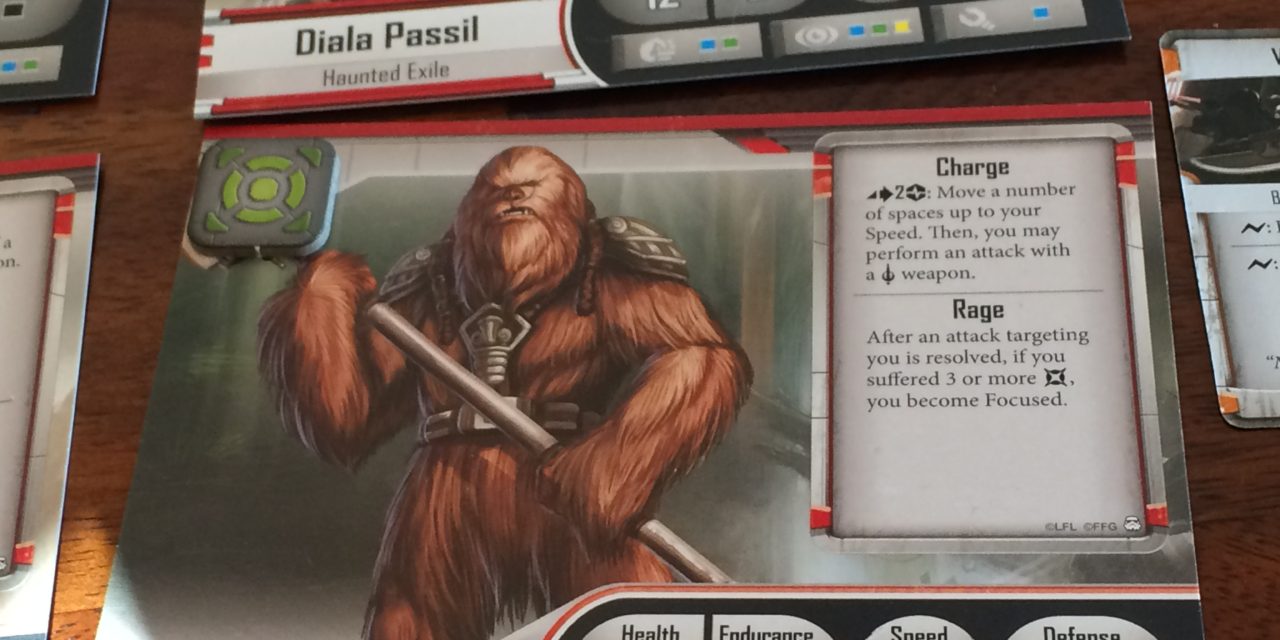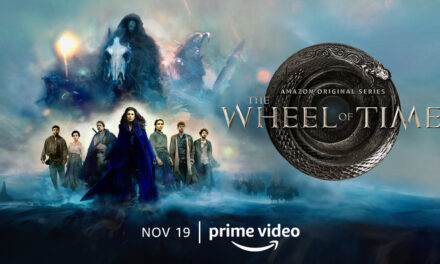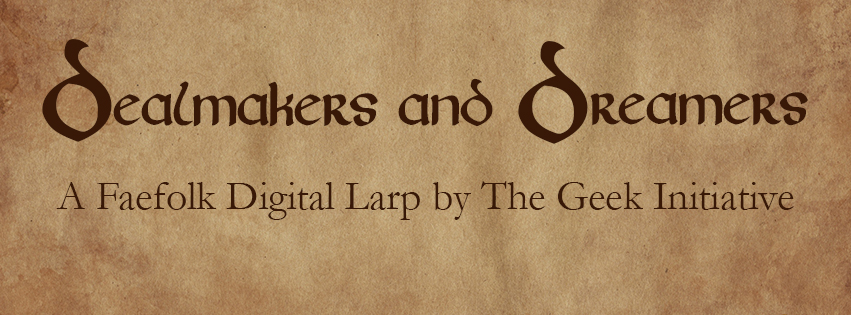Imperial Assault is a miniatures game that grabs the feeling of the Star Wars movies and brings it to your tabletop. The neat thing about this game from Fantasy Flight Games is that it is really two games in one, providing lots of re-play opportunity and chances to play the Empire or the Rebel Alliance.
About the Game
The core box set for Imperial Assault retails for about $100, but you can probably pick it up cheaper than that at your favorite online game retailer. Picking up an extra packet of dice (as with everything from Fantasy Flight) makes the game run a bit smoother. There are 11 custom dice in the set and it’s easier if each side has their own set. The base game comes with 34 unpainted plastic miniatures that represent the created heroes of the Rebel Alliance that were created for this game, some familiar faces like Luke Skywalker, and Empire enemies including storm troopers, an AT-ST and Darth Vader.
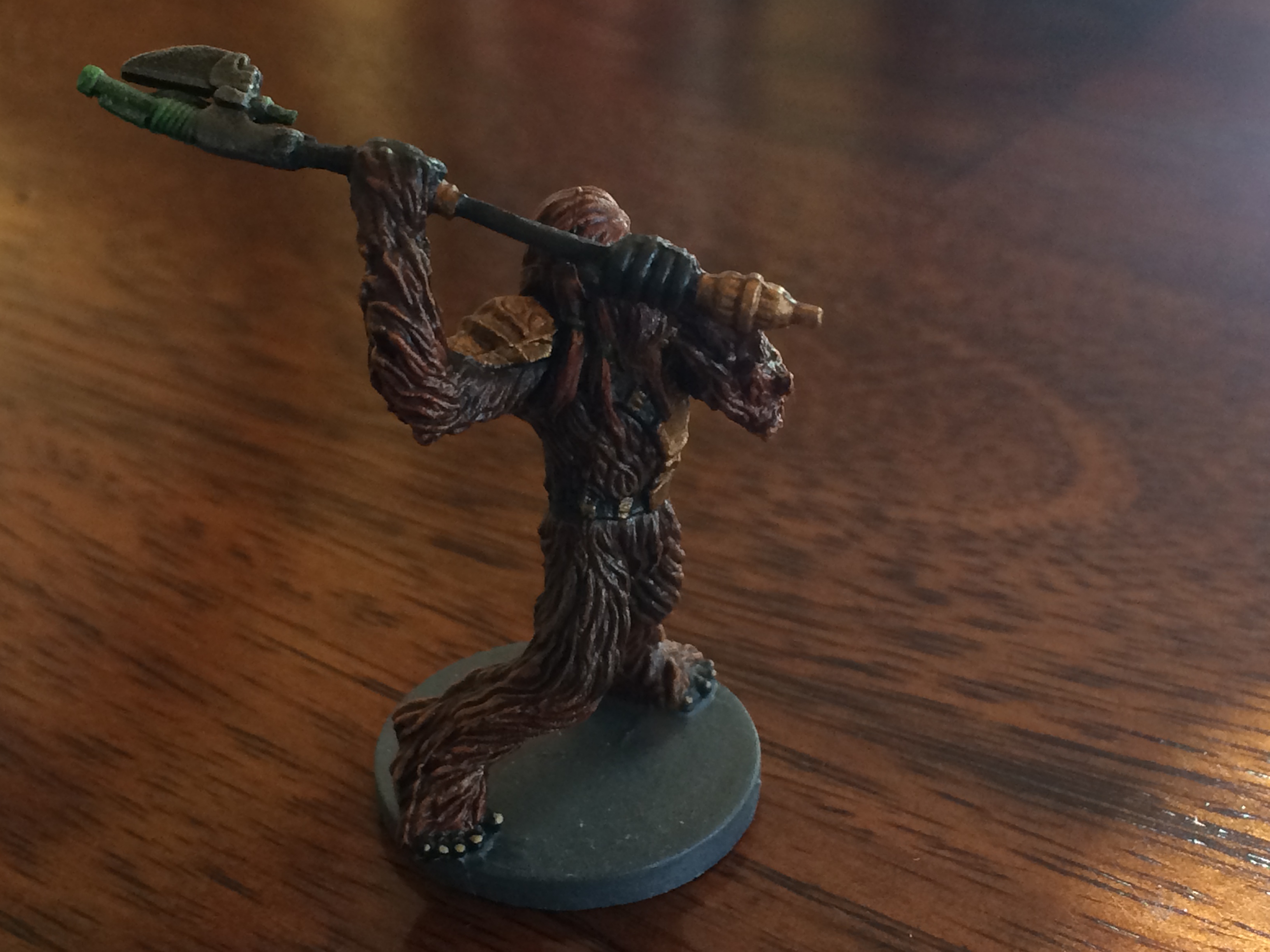
The game has two types of play, campaign mode and skirmish battles. The skirmish battles are head-to-head scenarios that play more like a traditional miniatures board game while the campaign mode is like a combination of RPG and miniatures with one player controlling the evil Empire and one to four other players controlling the elite Rebel Alliance members against the totalitarian regime. In continuity, the game takes place immediately after the destruction of the Death Star in Star Wars: A New Hope.
Game Play
Imperial Alliance has been sitting on our shelf for more than a year, with the miniature painted and waiting for us to give the game a test spin. We are playing in campaign mode.
Thor opted to play the Empire and I played the four Rebels. We started with the introductory mission and actually played it twice because the first time, he beat me rather soundly. In the introductory mission, the Rebels are attempting to stop the transmissions from a certain planet as explained in the scroll text the Empire player reads to start the game. The Rebels are supposed to keep the Empire minions from reaching a terminal and interacting with it to send the transmission. In the first play, I was more interested in killing bad guys than defending the terminals and a sneaky probe droid walked right past me and sent the transmission.
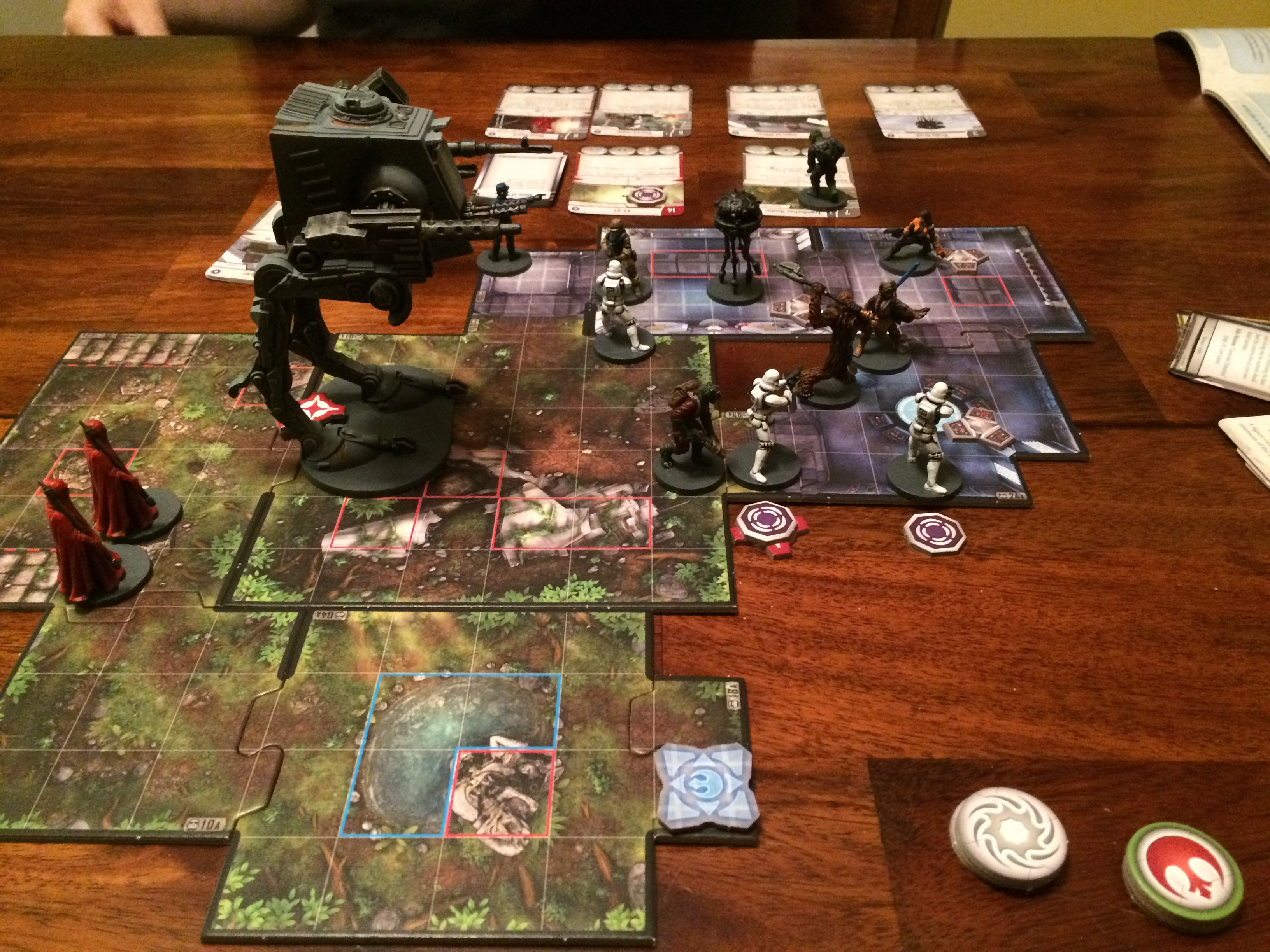
It’s important not to go into too much detail about the individual missions because the game is designed so that the Rebel player only learns some things when they happen. For instance, in one side mission, the Rebels interact with a terminal, as required to succeed in the mission, and it triggers the arrival on the board of an AT-ST! All my poor rebels could do was hide inside and hope to stay outside it’s line of fire!
Generally speaking, the missions consist of a stated objective or two that is presented in the scroll text at the beginning of the mission. The Empire player will design the board using the puzzle pieces provided and the layout noted in the manual. The layout will allow the Empire player to know where his reinforcements will enter the board, something the Rebellion is not privy too. The Rebels always go first, activating one character. That character gets two actions and then the Em[ire activates a character. Play passes back and forth until all character have activated.
Each Rebel has a set of skills that can be used for various tasks. As Fantasy Flight likes to do, the various game actions are accomplished with color-coded dice, red, blue, green and yellow for offense and black or white to defend. The offensive dice have notes for range, hits and surges, with a surge basically activating a special trait of the weapon or action. The black defense dice negate either wounds or surges and the white dice, used by primarily by more advanced characters of force sensitives add a symbol indicating the defender simply dodges the attack completely. That symbol save my wanna-be Jedi several times.
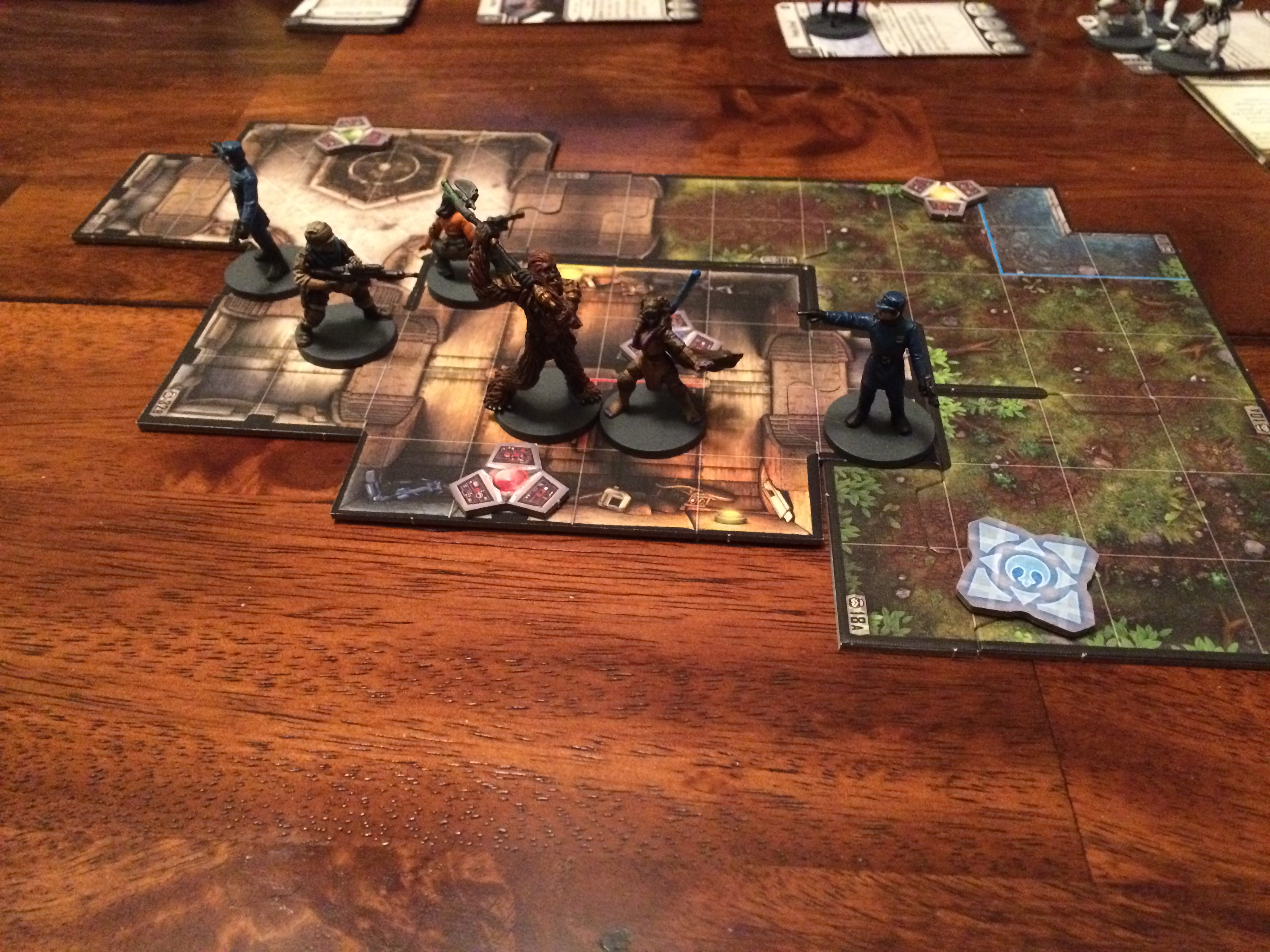
The game play is constantly moving back and forth between players, especially in a two player game. Gameplay was fairly straightforward and easy to learn. Our biggest complaint was that the tiles have to be constructed for each new mission and are various sized puzzle pieces. It’s hard to keep them in any real order because the size varies between pieces. Constructing the maps for the missions was the longest part of each game.
After each mission rewards are awarded to both sides depending on the outcome of each scenario. The Rebels use credits to buy more gear and experience to buy more skills. When they successfully complete certain scenarios they can also gain characters from the movies, including Han Solo and Luke Skywalker, as allies for future missions. The Empire player gains influence which impacts the types of enemies he can bring to the table and experience to make the missions tougher.
Impressions and Recommendations
Fantasy Flight Games holds several Star Wars licenses for gaming and has done a phenomenal job and adapting game play to feel like the movies. Their Star Wars RPG Edge of the Empire is one of the best iterations of Star Wars as an RPG. That said, it should come as no surprise that Imperial Assault does such a good job grabbing the feel of the movies immediately after the destruction of the Death Star. The Rebel forces seem outnumbered and outgunned at almost every turn. Seeing the AT-ST deployed, for example, made me sure all my heroes were going to die right there. When I was able to damage it, I may have cheered.
When we first got the core set, Thor decided to paint our miniatures and though he said that painting storm troopers is a nightmare, I have to say that if I could ask for one thing from FFG it would be that all the minis come painted. our only other complaint revolved around the map puzzles and we wished they had been created more like Zombicide tiles. But that is a relatively small complaint in the grand scheme of things.
You know it’s a good game when our first thought is introducing it to our friends. the other expansions went immediately on our wish list and this goes on the list of games to play again soon.

